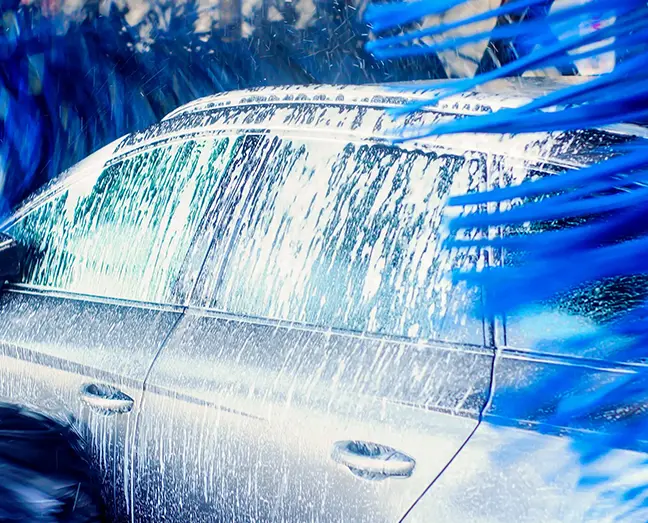Need more support?
We're here to help if you have any other questions. Please fill out this form in as much detail as possible to help us answer your query.
Need help with your water, wastewater, account or bill? You've come to the right place.
We provide various building and development services to help you complete your project and get you connected to the network.
Help and resources
We provide a range of commercial services across our region. You can learn more and enquire about them here.
Useful Commercial links
Here you can access all the information you need about our retailer commitment, our policies and more.
Here you'll find all the latest information on what's happening in our region including our current Pathfinder projects.
Useful Region Links
Need help with your water, wastewater, account or bill? You've come to the right place.
We provide various building and development services to help you complete your project and get you connected to the network.
Help and resources
We provide a range of commercial services across our region. You can learn more and enquire about them here.
Useful Commercial links
Here you can access all the information you need about our retailer commitment, our policies and more.
Here you'll find all the latest information on what's happening in our region including our current Pathfinder projects.
Useful Region Links
Here you can learn more about us and our ambitions and the people, organisations and policies that underpin our business.
Find out what's happening in your area,
reported incidents and planned works.
Trade effluent is any liquid waste discharged into our sewers from a business or industrial process on a trade premises.
For non-household customers, your retailers should be your first point of contact. For more information on how you choose your retailer, please visit the Open Water website.

Section 141 of the Water Industry Act 1991: Trade effluent is any liquid waste, with or without suspended particles, produced wholly or partly from trade or industrial activities on trade premises. Including wastewater from production processes, washing, cooling, and public-funded activities like municipal landfills. It excludes domestic sewage (toilet, bath, or sink waste) and uncontaminated rainwater.
Examples of trade effluent sources:

We need to control trade effluent to ensure that any matter that may cause harm is not discharged.
Trade effluent is highly variable in strength and volume and may contain substances that are a risk to people, our sewerage network, treatment processes and the environment. Controls are in place to reduce these risks.
Under Section 111 of the Water Industry Act 1991, it is an offence to discharge any matter likely to cause harm, this includes fat, oils and grease (FOG) in food businesses.

Large solids are first removed, followed by a settlement process that extracts heavy waste as sludge for treatment and recycling.
Biological treatment then removes organic contaminants using bacteria and microbes.
A final settlement stage (clarification) eliminates remaining waste particles. In some cases, further treatment is needed for stricter discharge limits, such as nutrient-sensitive waters.
The treated effluent is released back into the environment to continue the cycle. It can also be purchased for industrial or business use.
We're here to help if you have any other questions. Please fill out this form in as much detail as possible to help us answer your query.
We have 31 wastewater treatment works that accept domestic waste, including cesspool and septic tank imports, throughout our region. We also accept a range of commercial, non-hazardous, liquid waste.
We have 31 wastewater treatment works in our region that accept a range of commercial, non-hazardous, liquid waste, including commercial sewage and tankered waste.
When using one of our commercial or domestic waste disposal sites, you'll need a key fob to access the logging equipment. Here you'll be able to apply for new or replacement key fobs.
